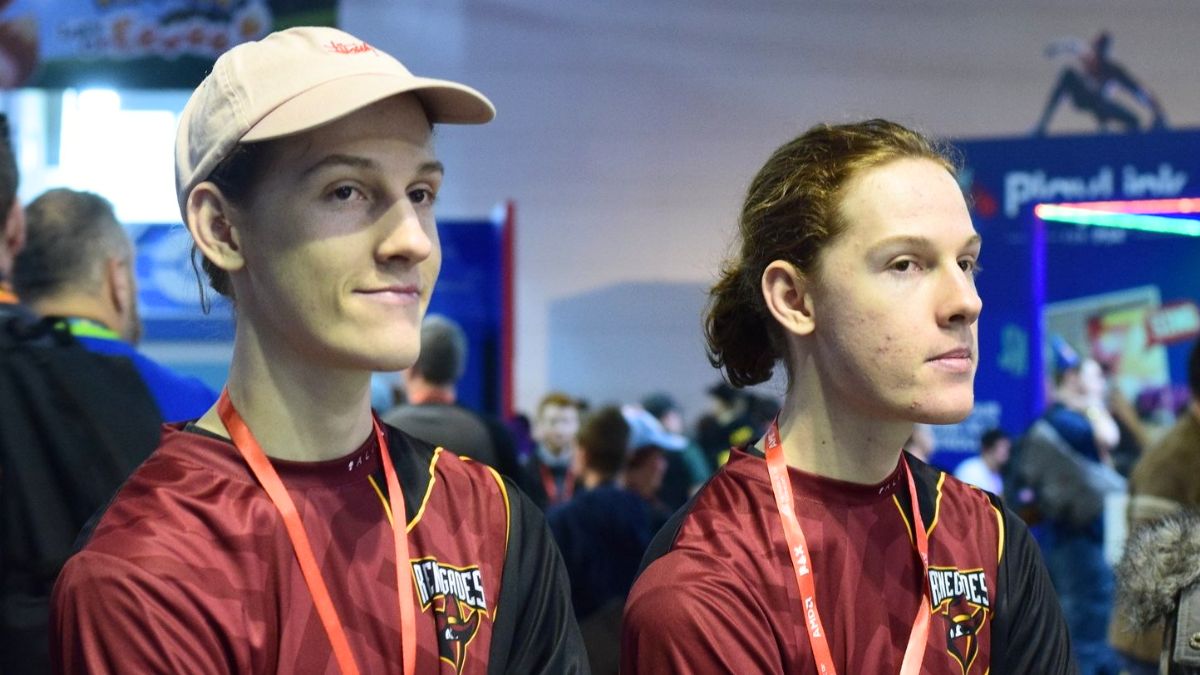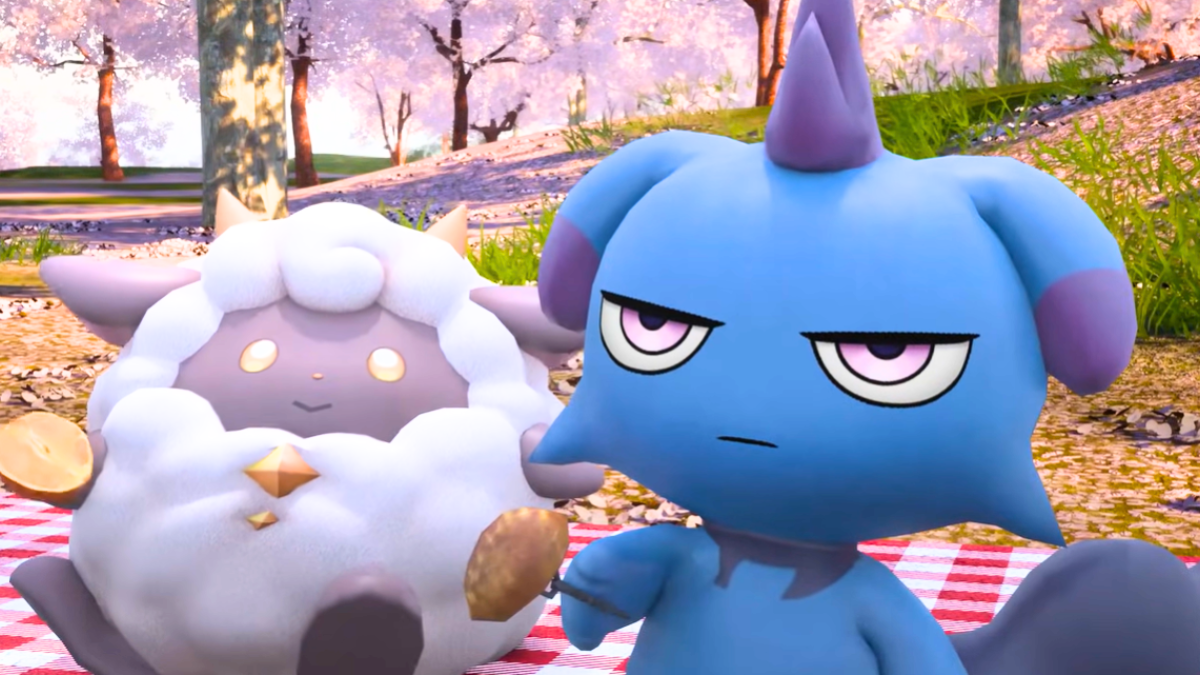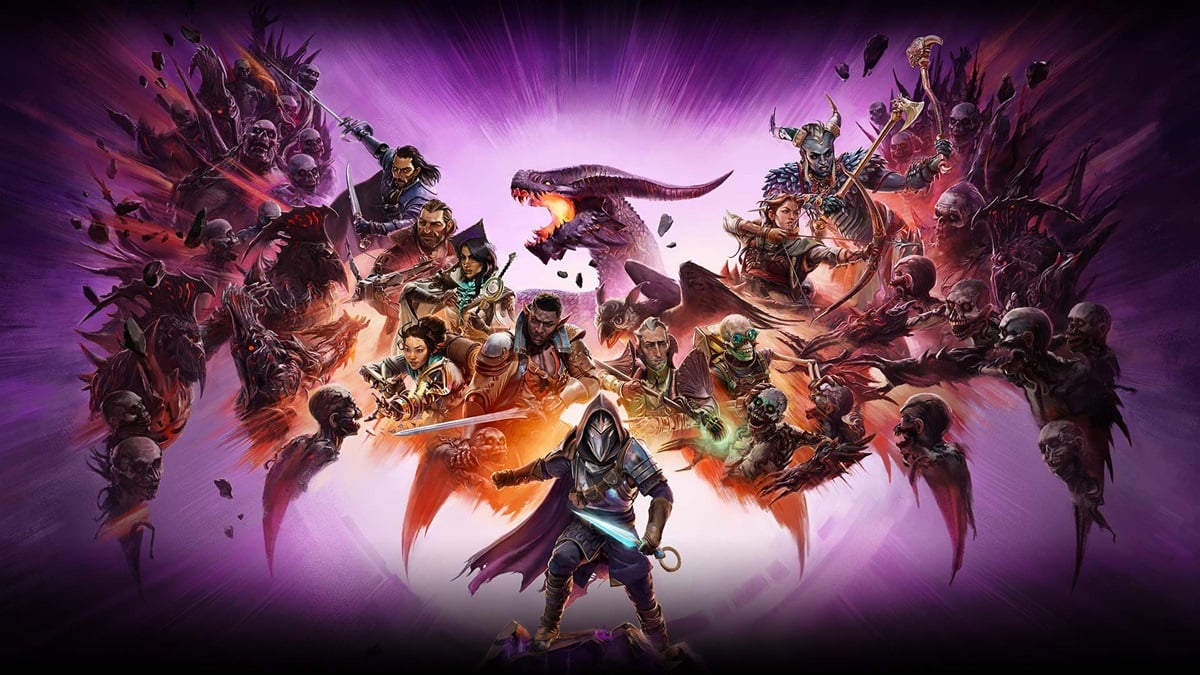It’s the things that lurk in the dark that scare me the most.
No food. One bandage left. Knocking on the door. It’s 2:30 in the morning, what could possibly be at my door? Nothing good. No weapons other then a heavily damaged spiked plank I cobbled together from loose scraps. Fighting is not an option. The lights are flickering. The banging stopped, but the front door just creaked open. I rush to close it. In what I think is a moment of brilliance, I push my sofa in front of the door. It’s sloppy, but hopefully, it will slow whatever is outside down. Damn, the banging is back, only this time it’s coming from the window. Why can’t they leave me alone? I just want some rest. I slink back into the corner gripping my shoddy weapon, willing the sun to rise a bit faster.
And now I wait. I wait for the morning light to peak through my boarded windows. I wait for the tension in my chest to ease; for my breathing to return to normal. I just want to shut my eyes. Any sleep at this point would be a blessing. Instead, I wait. I wait for the monsters in the night to break down my door.

Darkwood, Acid Wizard Studio’s top-down survival horror game, does not want to be your friend. It threw me into the deep night without remorse or any instruction on how to find my way out. On the first loading screen, a brief message reads, “This is a difficult and unforgiving game. Be patient. Respect the woods”. Darkwood is mean, brutal, vicious, and downright terrifying. Throughout my playthrough, I was reminded in equal parts of 28 Days Later and Godspeed You! Black Emperor’s prophetic “The Dead Flag Blues” (which isn’t exactly a coincidence, considering the latter made up a large part of the soundtrack to the former). Both paint a picture of a world decimated, overcome and overgrown with rot, violence, and fear, an ethos Darkwood expresses every moment you spend with it. Though the fear in all three stems from different places, they all play on the same, basic anxieties that are the foundation of horror: there is a place in all of us, however small, that is still afraid of the dark.
After a brief prologue that explains the controls and vaguely sets up the plot, the main character — who is referred to in the lore as “The Protagonist”, which I both love and hate — wakes up in a dingy cabin. This becomes the base of operations — a safe(ish) haven from enemies and the general misery of the world. Unfortunately, the hideout is pretty beat up. Most of the windows are left without barricades, doors are missing, and there are virtually no supplies left. Though there is a generator to power the lights at nighttime, anything else that can be used for defense will have to be found. Then, as mentioned above, I was thrust into the wild. “Survive!” the game seemingly exclaimed to me, only without input or advice on how to do that. So, like the giant moron I am, I took my first step into this distraught realm.

Similar to games like This War of Mine or even Werewolf, Darkwood‘s gameplay is split into two parts: day and night. Daytime is meant for scavenging the immediate area for supplies, weapons, and landmarks. Exploring is not only necessary to find useful items, but it’s extremely important for survival. At the start, the map is completely blank and does not provide any indication of where you are. Worse yet, you can’t tell what time of day it is without visual cues (until you buy a watch). It’s up to you to use directions, remember the general layout, and read the sunlight so you don’t wind up lost and without shelter in the dark. As you discover markers, the map populates, making it easier to figure out where the heck you are. It was disorienting at first, but eventually, I found that I was getting better at navigating without consulting the map. Roads and trees that looked the same at first became a way for me to gauge how far I was from my hideout. Being able to tell where you are on a map without something declaring “YOU ARE HERE” is a mechanic I did not know I would appreciate, and now that I do, I wish more games gave it a shot.
Thankfully, the intensity of Darkwood‘s survival mechanics end with navigation and scavenging. While scavenging is crucial to find supplies, it does not affect overall health, whereas games like The Long Dark force the player to be mindful of hunger, disease, and warmth. Quite frankly, had Darkwood decided to go the route of hardcore survival games, my opinion of it would probably not be as glowing as it is. I don’t find the overt realism fun — I play games for escapism and critical evaluation, not as a reminder of how hard life can be — and Darkwood is already plenty difficult. Sure, I wasn’t worried about finding food or crafting a sweater, but I was worried about the godawful creatures launching themselves at me. I may not have to take disease into consideration, but I do have to make sure I have enough fuel for my generator to last through the night, lest I be consumed. Oh, and my character barely has much health to begin with, so any damage is potentially fatal. It also doesn’t help that enemies hit like a truck, and your stamina depletes quickly. Did I mention that everything in this world wants to kill me? That’s survival enough for me.

Seriously, though, playing Darkwood is exhausting. From the dour art style (which I adore) to the feeling that nothing good will come to this land ever again, the gloom is firing on all cylinders. Darkwood aims to instill a profound sense of despair within the player, and, let me tell ya, it works. There wasn’t a moment without tension or melancholy. Even combat, while punchy and effective, felt callous as I bludgeoned evil dogs and weird antler people to death. The anguish is sewn so deep that I just wanted some form of light, some semblance of sanctuary to stop the endless current of pain.
And then the night comes.
There’s a reason I have put off writing about the night — it scares the s**t out of me. If the beginning of this review didn’t provide any hints, the night in Darkwood is not just scary, it’s adversarial. Other games try to make players look at the dark differently, yet fail at making it truly frightening. Dying Light makes enemies twice as tough and introduces even fouler creatures, which can be surmounted by leveling and better weapons. Dragon’s Dogma turns the night into an impenetrable fiend that can be traversed with a bit of light and the help from NPCs. Darkwood‘s night is almost another game entirely.
When the sun begins to fall and the light takes on a blood orange tinge, it’s the game’s way of telling you to seek shelter quickly. Once I get back to my hideout, I punch the generator on, close the door, set out any traps I think might be useful, and I wait. Nighttime does not necessarily mean that I will be attacked. In fact, I spent many nights without incident, trembling in the corner of my tiny home. The waiting is the worst part.

At night, the audio is amplified, making every creak enough to give me goosebumps. Often, I would hear enemies roaming around the exterior of my base but never actually approaching, as if they were toying with me. Other times, they would bang on my window until the morning, enough to let me know they could come in at any time. And just because I have four walls and a roof, doesn’t mean I can’t be touched. When the enemies on the outside weren’t trying to kill me, menacing specters would turn off all of the lights. Sometimes all the furniture in the house would move around and all the doors would open. On the worst nights, bugs would crawl out of the ground and create poisonous vines. Your only defense is whatever crappy weapons you happened to find, any traps you can make, and time. Like I said, waiting is the worst part.
Sadly, performance on the PlayStation 4 broke my immersion frequently. For the most part, the game operates smoothly, but every now and then, there was a massive frame rate hitch that warped my character a few feet. In areas with smoke, or portions during the night cycle filled with fog, there was noticeable lag. I can forgive a hitch or two, but it happened enough to take me out of the experience entirely, which is disappointing for a game that relies heavily on atmosphere. It’s like seeing the zipper on the monster’s costume — everything that was scary becomes silly. The day one patch is supposed to tackle many issues, including performance, so I am hopeful that any frame rate issues are taken care of. Luckily, there are so many things to love about Darkwood that dropped frames didn’t bother me for too long.
When I was a kid, I was terrified of being in the basement with the lights off. After I was done watching TV or playing games, I would turn off the lights and bolt upstairs. The quicker I ran, the faster I could make it to my room. Yet, no matter how fast I ran, it always felt like something was behind me — like something was waiting to drag me back into the pitch black. Darkwood was a sobering reminder that I still have a ton of issues with the dark. Every time I found myself enduring another night, those long forgotten fears came boiling to the top. Not only is it a masterclass in tension, it asks the questions all of us were afraid of at one point: What if there is something out there, waiting in the night? What if there is a monster in our closet? What if what scares us most, actually exists?
This review is based on the PlayStation 4 version of the game. A copy was provided by Crunching Koalas.





Published: May 14, 2019 10:10 am